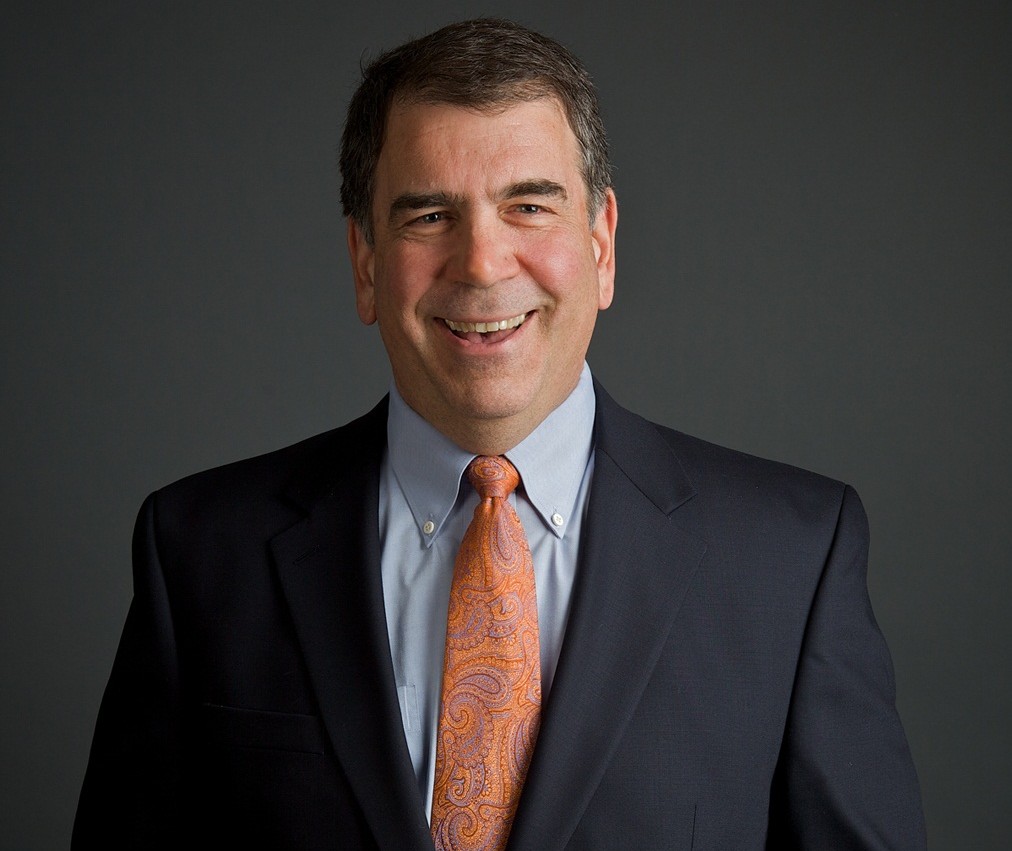Unanswered Questions: A Look at David Borofsky’s Sudden Retirement

Dakota State University has seen quite a bit of change in the last two years, and all that change came to a height over the summer. With several high profile administrators stepping down, namely Drs. Tom Halverson and Wayne Pauli, it was believed by many students and faculty that these administrators had not stepped down willingly. Many students began organizing petitions to then President Borofsky—who was primarily suspected for pressuring the changes in leadership—asking for answers to why these decisions were made. Then, days before students returned to the University to begin the semester, Doctor Borofsky announced his imminent retirement as President of the University. In the end, this act left more questions than answers.
After talking with some of the people heavily involved in this situation —Doctor Jack Warner, executive director of the Board of Regents, and Doctor Wayne Pauli, professor and former administrator for the college of BIS—more details have been revealed. Doctor Warner managed to confirm a suspicion that students have held since the incident: Doctor Borofsky’s choice to leave was a quick development, and was certainly made because of the poorly received decisions. Warner stated that the Board of Regents, who employed Borofsky and were the only ones who could have asked him to step down, received no requests for his resignation. He commented that they had no intention of asking him to step down, though they approved his request. Doctor Pauli shed further light on the suddenness of the situation, saying that there were University administrators who did not know about Borofsky’s decision to retire even hours before he sent the email out announcing it. Pauli also shared that he believed that the choice to retire was made by Borofsky alone. “I have to believe that no pressure was applied to him by the BOR, the only place that pressure could really come from. They never would have picked that date to pressure him.” He went on to explain that if the BOR had requested him to step down, they would not have picked the beginning of the school year, but rather the end of the semester for such a transition to take place.
Pauli did however agree that while the timing may not have been best for the former President, it was a good choice for him to step down. “Given the open wounds that were caused to administrators, by not having any advanced notice of such changes, certainly there was a question about Borofsky’s ability to be a successful president. I think it would have been better off if he had waited until semester break.” Before leaving, Borofsky had announced large scale structural changes to the College of BIS (Business and Information Systems) and then left without creating framework to make such changes happen. Pauli also revealed that Borofsky had called a meeting between himself and the BIS faculty to discuss the changes in administration and plans for structural changes in the college, and he was disappointed when the meeting did not go as well as he had hoped.
Pauli also speculated that while Borofsky had chosen to step down on his own will, it was the student backlash at his recent decisions which heavily influenced his departure. He stated that administrators and other staff at DSU had been stepping down since the President started at the University. However, it was the concern and response of the students to the stepping down of Halverson and Pauli that truly surprised Borofsky.
As to how the situation has been handled, both Warner and Pauli believed that the transition has been handled well. “What we’ve done is to insure that the university has good leadership.” Jack Warner explained, “It’s important to the regents that there be no uncertainty about the leadership at Dakota State.” Pauli also agreed that the transition had gone well with progress being made, and being made slowly and carefully in some areas. As to what students could expect for the future, both men agreed that the average student would see little change in the coming months as the university searches for a new president. Warner explained that what could be taken from this situation was a need for clear communication between all parties and an openness in the selection process. Members from the faculty staff, students, DSU alumni and even the Madison community would be involved in the Presidential Search Committee. Pauli also expressed his hope that the process would be transparent enough for students who were in leadership positions on campus to be rightly informed of the unfolding events.
Pauli lastly stressed that to his knowledge, there were never any threats made during this time for the former president to resign. He said that what he, the students and other faculty, truly wanted were answers and reasons for why the decisions were made. Sadly, Borofsky never answered these questions, and resigned instead, making it unlikely for all questions to be answered.






Nicely penned Jared. You did a very good job of capturing our conversation. These things are tough. Change is never easy and when we encounter change without reason we tend to really wonder about what is going on. For those that might be interested, David Borofsky did not stay retired long: http://www.news-press.com/story/news/education/2014/12/01/david-borofsky-named-hodges-interim-president/19734001/